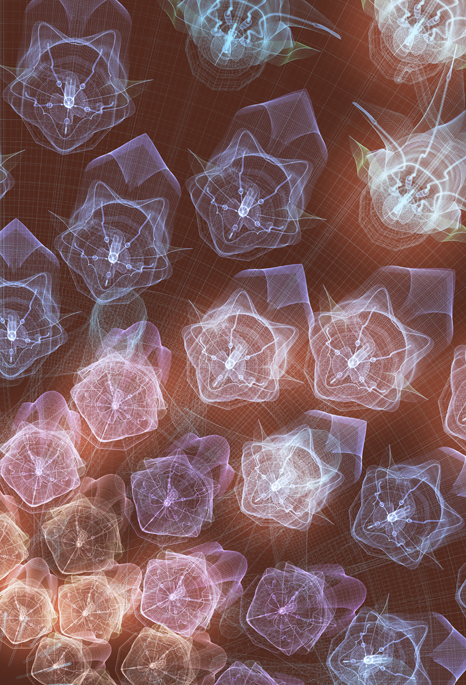The large and varied collection of stuffed and mounted animal specimens at the National Museum of Nature and Science in Tokyo includes several famous canines.

Hachikō
The preserved body of Hachikō -- Japan's most famous dog -- is on display on the second floor of the museum's Japan Gallery wing. An Akita dog born in 1923, Hachikō is remembered for his deep loyalty to his owner. While his owner was alive, Hachikō would greet him at the end of each day at Shibuya station when he returned home from work. The man died in 1925, but Hachikō kept his daily routine, faithfully waiting for his owner every evening at the station for 10 years until he died in 1935. Hachikō's permanent presence at Shibuya station attracted widespread attention, and his legendary faithfulness became a national symbol of loyalty. [More]
* * * * *

Jirō
On display next to Hachikō is the preserved body of Jirō, one of two Sakhalin Huskies famous for surviving a year in Antarctica after being abandoned during a failed scientific expedition to the South Pole. In February 1958, a Japanese survey team stationed in Antarctica left their base after extreme weather conditions prevented a replacement team from reaching the site. Thinking they would return soon, the team left 15 Sakhalin Huskies chained up at the unmanned base. However, due to fuel shortages, nobody was able to return for nearly a year. When the next survey team returned to the base in January 1959, they found that two of the dogs, Tarō and Jirō, had miraculously survived the ordeal. [More]
* * * * *

Kai Ken
Alongside two of Japan's most celebrated canines is the preserved body of an anonymous Kai Ken (a.k.a. "Tora Inu" or "Tiger Dog"). The Kai Ken is a rare breed of dog considered to be the most ancient and purest dog breed in Japan. Developed centuries ago in the isolated district of Kai (Yamanashi prefecture), the breed was used for hunting boar and deer. The Kai Ken breed was designated a national treasure in 1934. [More]
* * * * *



Other canine specimens on display at National Science Museum
* * * * *

Honshū Wolf
On display in the museum's Global Gallery wing (third floor) is the preserved body of a Honsh? Wolf (Canis lupus hodophilax, or Nihon Ookami), one of two extinct species of Japanese Wolf (the other is the Hokkaido Wolf). This species, which once occupied the islands of Honshū, Shikoku and Kyūshū, is thought to have become extinct due to a combination of rabies and human eradication. The last known Honshū Wolf is believed to have died in 1905 in Nara prefecture, though the exact date is disputed (and sightings are still reported occasionally). The stuffed specimen at the National Science Museum is one of five known to be in existence. [More]
* * * * *

Tasmanian Wolf
Another rare specimen on view is the Thylacine (Thylacinus cynocephalus, a.k.a. "Tasmanian Wolf" or "Tasmanian Tiger"), a large carnivorous marsupial (not a canine) native to continental Australia, Tasmania and New Guinea, which is believed to have gone extinct in the 1930s (though sightings are still reported). Here is some footage of what is believed to have been the last living Tasmanian Wolf, filmed in 1933. [More]































